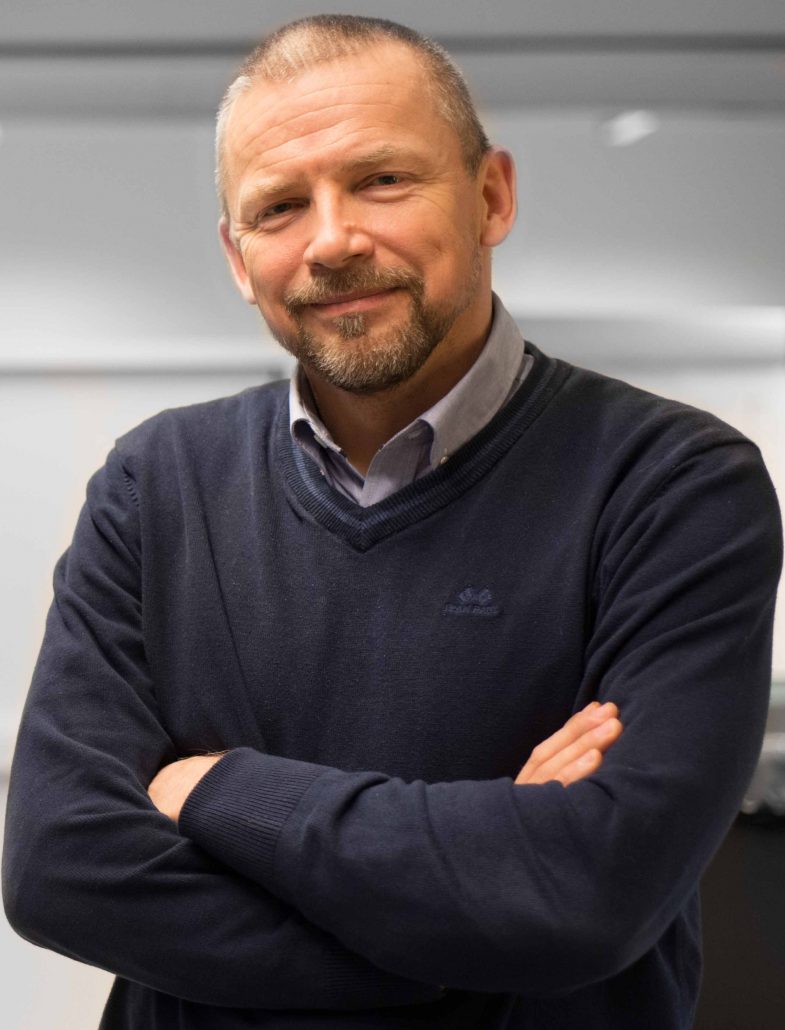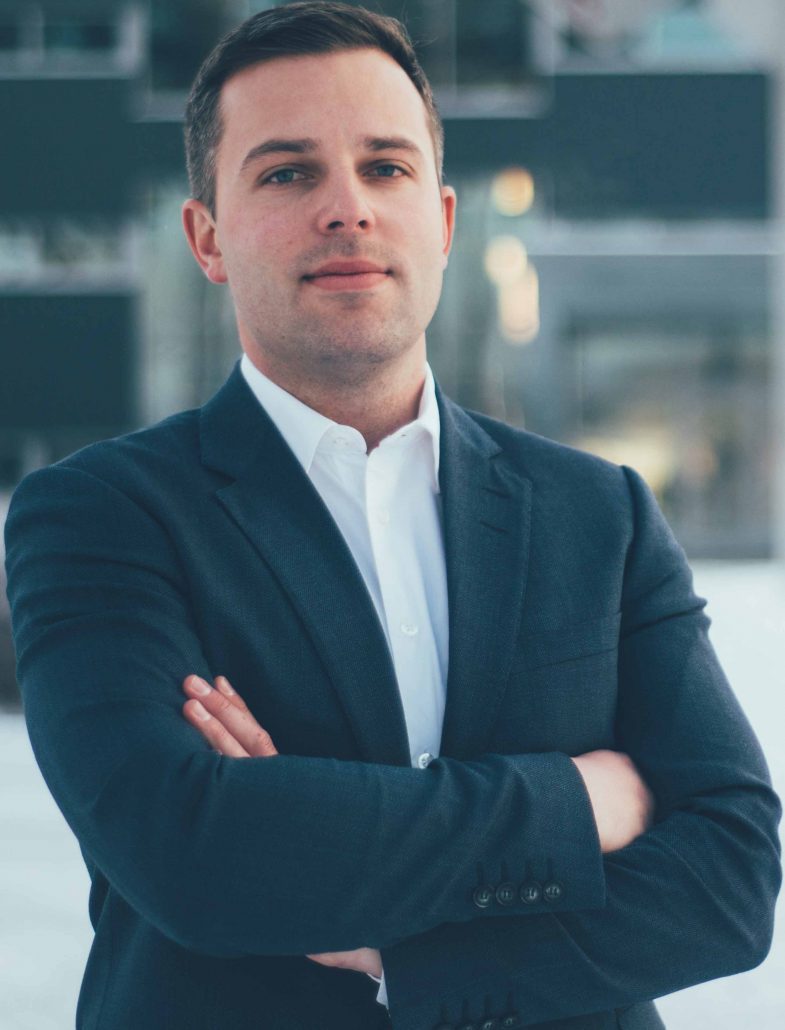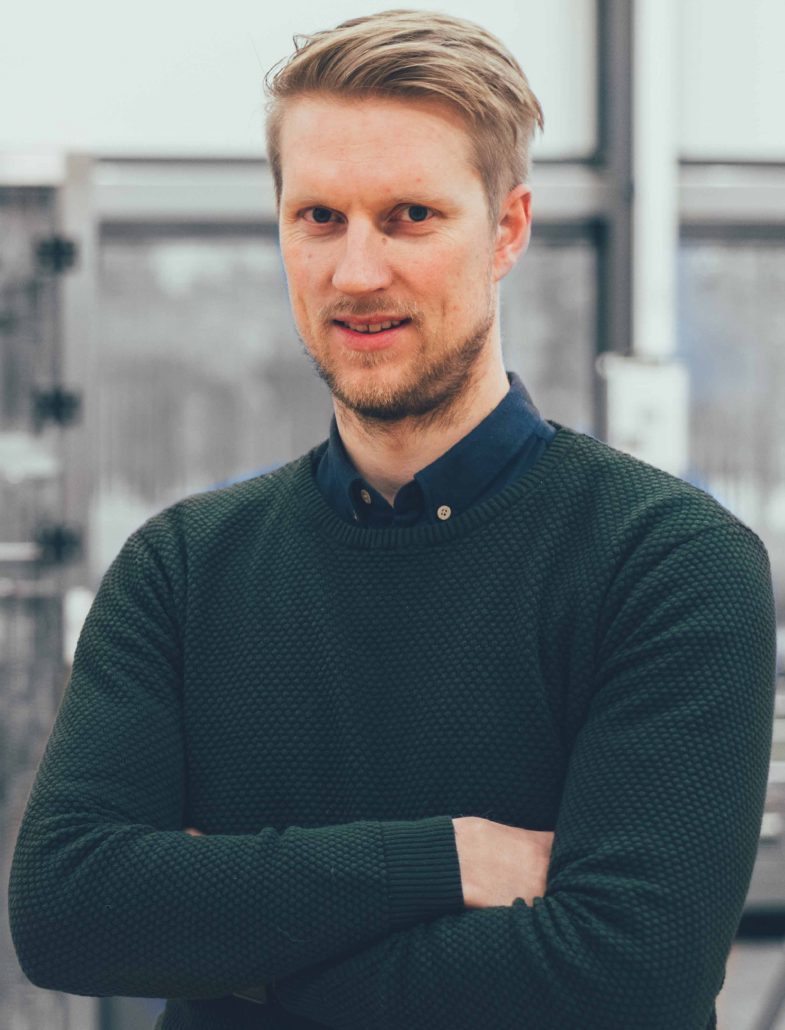
An early adopter’s review
Erik Hjertaas, Head of Packaging Technology at Tronrud Engineering, is well placed to review the IIoT platform innius. He recalls the first call he had with the Dutch team when innius was still in its infancy, “When I heard about innius, I immediately saw its potential. It also was a good fit with our direction. Because of its scalability and flexibility, the cloud is a component of our technology strategy—another reason to explore what we could accomplish with innius.”
Machine builder, Tronrud Engineering went on to connect its first machine to innius in May 2016. That Tronrud Engineering should be an early adopter of the Industrial Internet of Things (IIoT) should come as no surprise. Since it was founded 40 years ago, much of its success has been built on pioneering new innovative technologies in the industrial sector. Erik has seen many of these developments in his 26 years working for the Norwegian company.
Customer needs
The decision to use innius was driven by the evolving needs of customers. As Erik explains, “We saw that our clients were asking for more, a good working machine was not sufficient anymore. Until now a lot of maintenance on machines was that you run the machine for a hundred hours, then you did your maintenance, you changed components, even though they weren’t broken, and so on, and customers now would like us to tell them exactly when this motor is broken, or a little bit before so that they can change it more accurately instead of doing it on a regular basis. And another change we see is that a lot of organizations they actually don’t have all the capability in-house to do advanced service and maintenance on their machines, so it’s very important for them to have close cooperation with our own service department.”
The innius IIoT platform enables remote monitoring of real-time machine performance data, review of past data, instant alerts, sharing of documentation and in-app communication. As Erik explains, these features answer Tronrud’s needs, “So that’s where innius was interesting, because you can share information both with the service engineer and the operator, the management. They do it by one glimpse at a phone or one glimpse at a screen. They have all production data available and we can have a closer cooperation with the clients. We can help them, in maintaining the high up-time for their equipment.”
New maintenance strategies
Erik: “If a client has a problem, it’s important for us to know if we have to go there, or if we can do an online service. And if we go there, we have to go with the right parts, and with the right people and the right equipment. And innius actually can tell us a bit more, so that now you can change the component based on actually knowing when it’s very close to breakdown; because we have sensors telling us when the motor is, close to end of life. And then you can change it more seldom and more accurately instead of too often.” So by being able to conduct maintenance monitoring and diagnosis remotely and predictively, innius enables Tronrud Engineering to offer the maintenance service its customers need. This shift in business model, is a classic case of servitization.
The new levels of customer service delivered via innius don’t just stop at remote maintenance and in-app sharing. As Erik says, “When we see the trends and details that affect our products, we can be proactive. We discuss with customers how they can prevent certain problems and achieve better results from their industrial assets. We then offer preventive maintenance to avoid breakdowns and address possible machine troubles before they have a chance to disrupt our customers’ operations.” Oyvind Brokerud gives an example of this; in one case he asked a customer why their production rate dropped every afternoon, only to discover the customer wasn’t even aware of the issue.
The future
For Erik, the business possibilities opened up by innius extend even further still, “The common business model is that we build a machine, and the customer buys it, but it might be in the future that pay-per-use is a new way of dealing with machines. That means that we need software, we need data that can show us how that machine is operating, so that we can take responsibility for the performance of that machine. We are prepared for that.”






